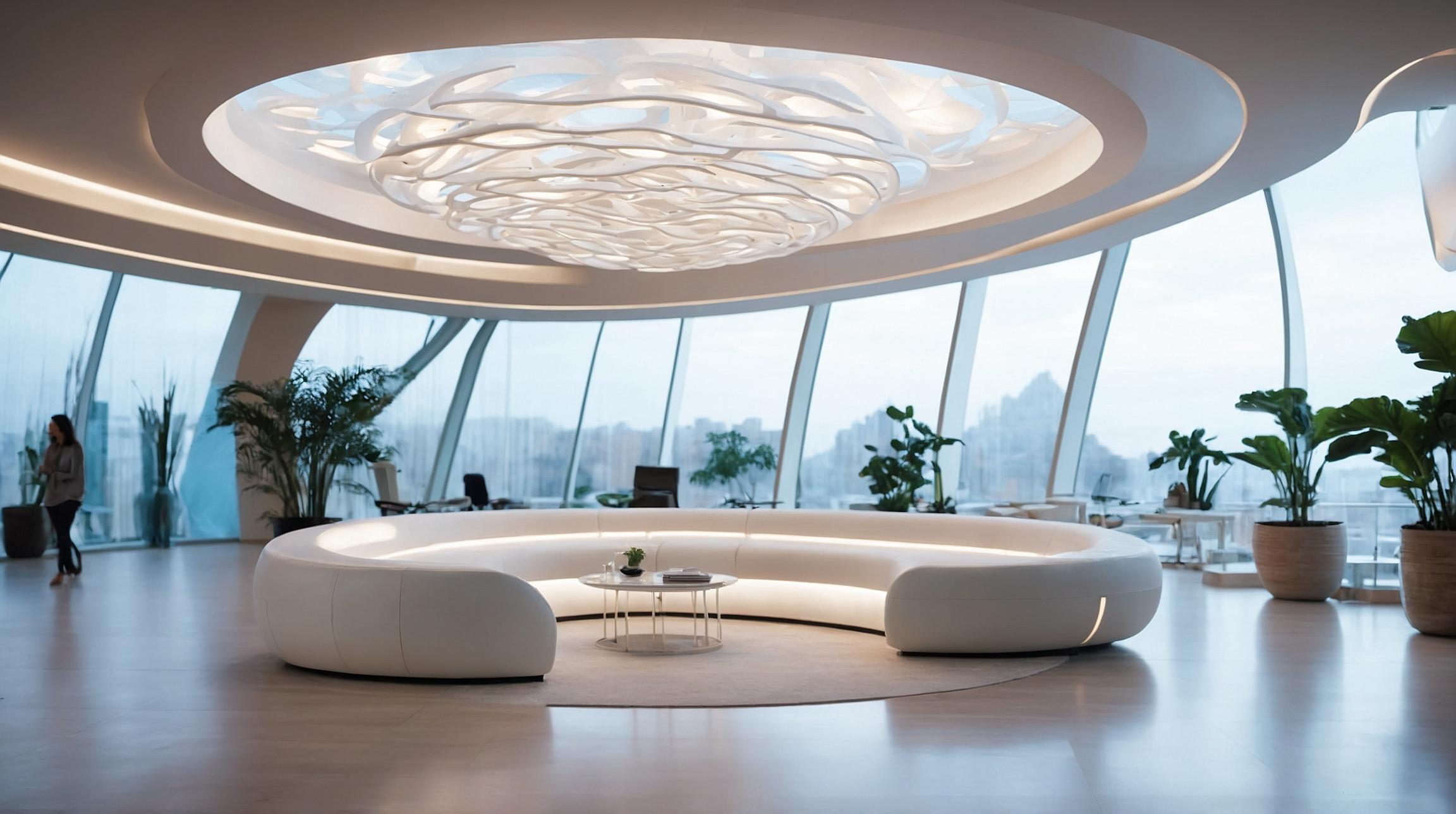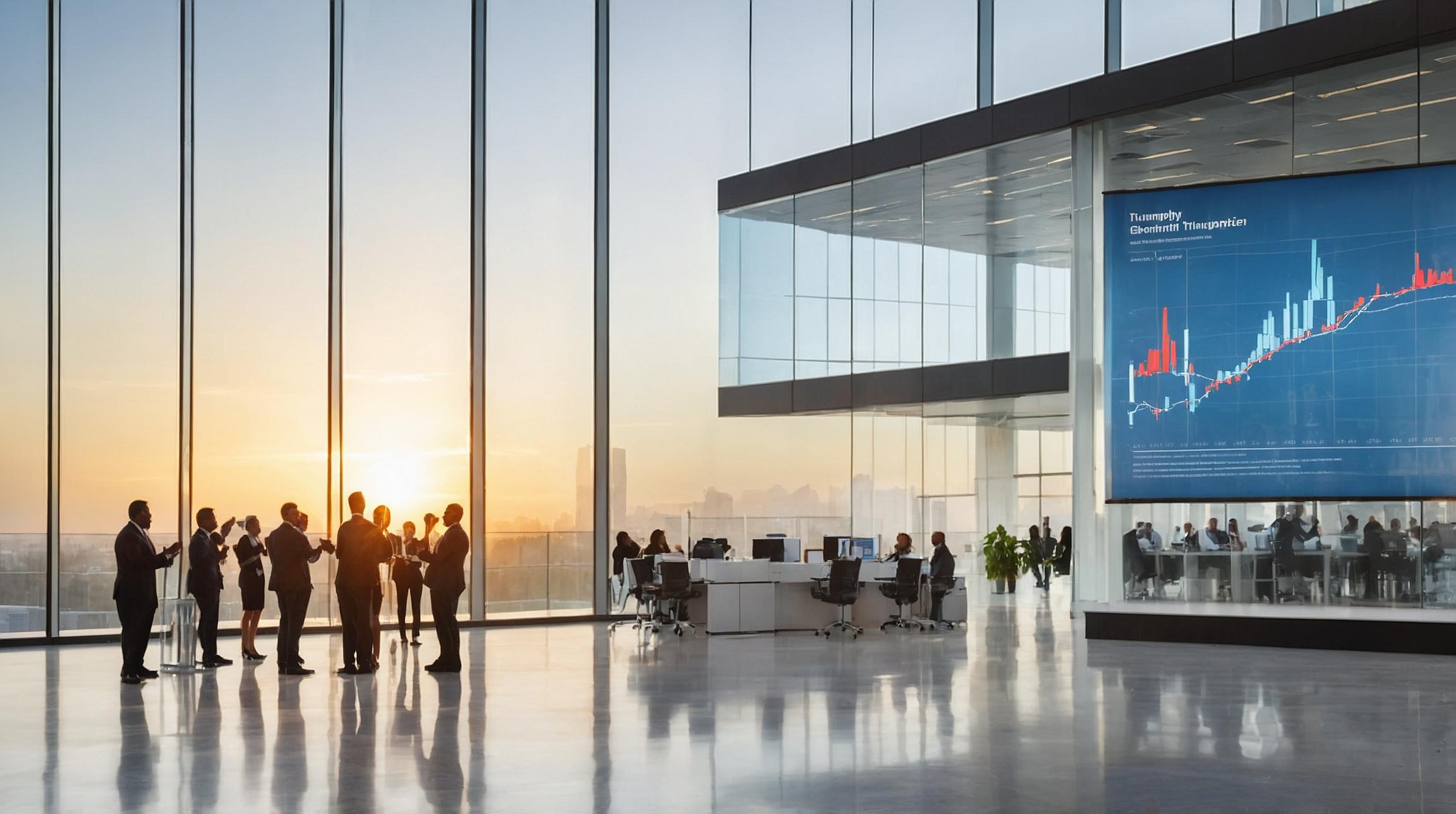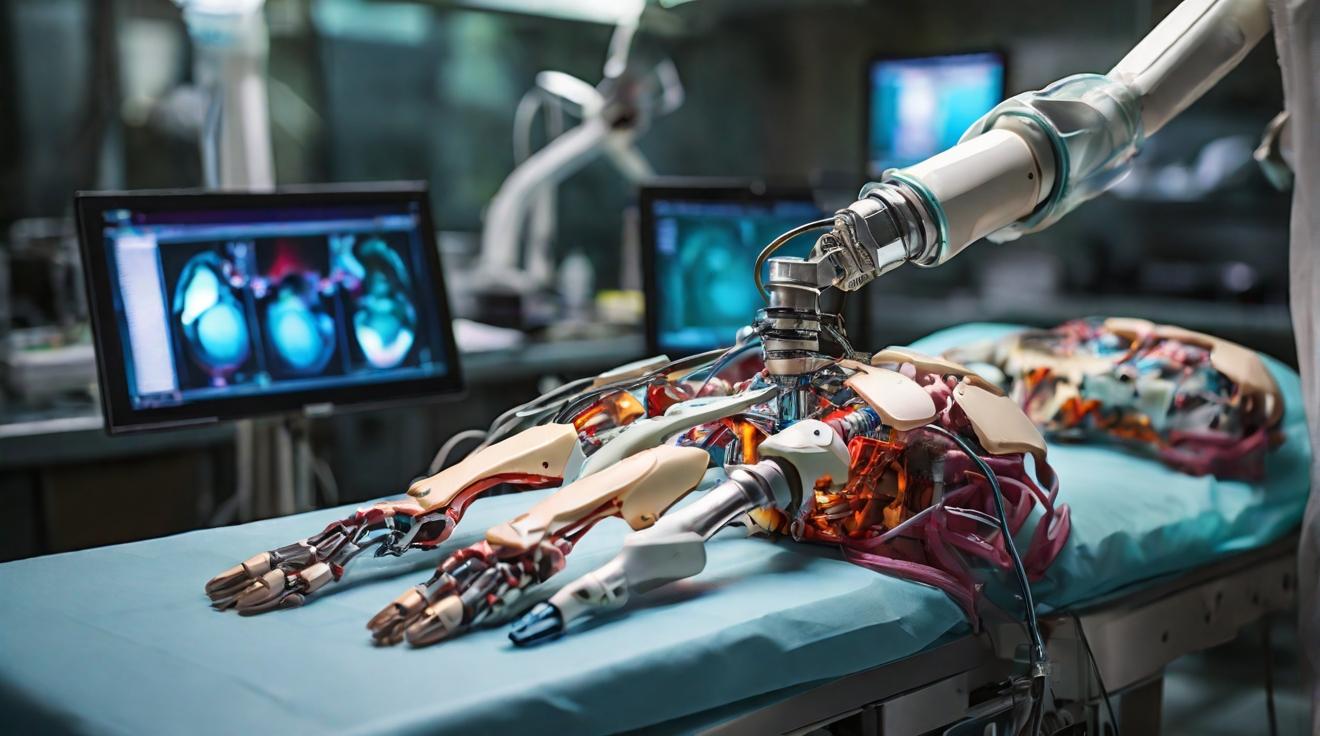Who is Tord Wingren?
If you've used Bluetooth, you've experienced Tord Wingren's work. Once a key player at Ericsson Mobile Platforms, Wingren helped create Bluetooth, changing how we wirelessly connect devices. His recent focus has shifted to human-centric lighting technology, specifically biocentric lighting, which aligns with our body's natural rhythms.
Understanding Circadian Rhythms
Our bodies run on internal clocks, known as circadian rhythms. In 2017, scientists were awarded the Nobel Prize for explaining how these clocks work, including chemicals like melatonin that help us sleep. Artificial light, especially the blue light from bulbs, can disrupt these rhythms by stopping melatonin production, making it harder to sleep and function well.
The Problem with Artificial Light
Most indoor lighting emits blue light, great for visibility but bad for our sleep patterns. Wingren's lighting technology aims to change this by shifting light colors throughout the day to mimic natural sunlight.
Benefits of Biocentric Lighting
Biocentric lighting isn't just about sleep. It can enhance brain function, improve productivity, and support mental health. Studies suggest a 12% cognitive boost with the right lighting. Kyle Harris, CEO of Brainlit, notes that athletes use this lighting to recover better, and that people feel more comfortable when exposed to it.
Counteracting Bad Light Habits
While screen time before bed is often blamed for poor sleep, using biocentric lighting during the day can mitigate these effects. Wingren emphasizes that it's a cumulative benefit—balanced light exposure helps counteract less ideal lighting from screens.
Technology Behind the Lighting
Biocentric lighting requires sophisticated software to adjust light settings according to time and place. Brainlit integrates this with building management systems to dynamically change light spectrums.
The Future of Biocentric Lighting
Currently, Brainlit is a leader in this niche market, but Wingren foresees industry standards emerging. This would mean more companies offering these solutions, making the health benefits of biocentric lighting more accessible.
A Bright Future for Health-Focused Lighting
Though costly, upgrading to biocentric lighting is a valuable investment for our health and wellbeing. As buildings evolve to support wellness, lighting will play a crucial role, offering environments that are not only functional but also healthy. By embracing this technology, we pave the way for a future where our living and working spaces harmonize with our natural rhythms.













